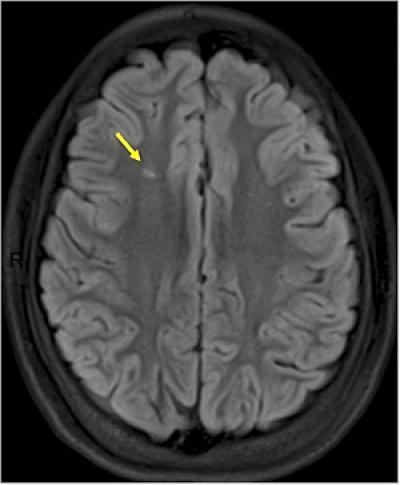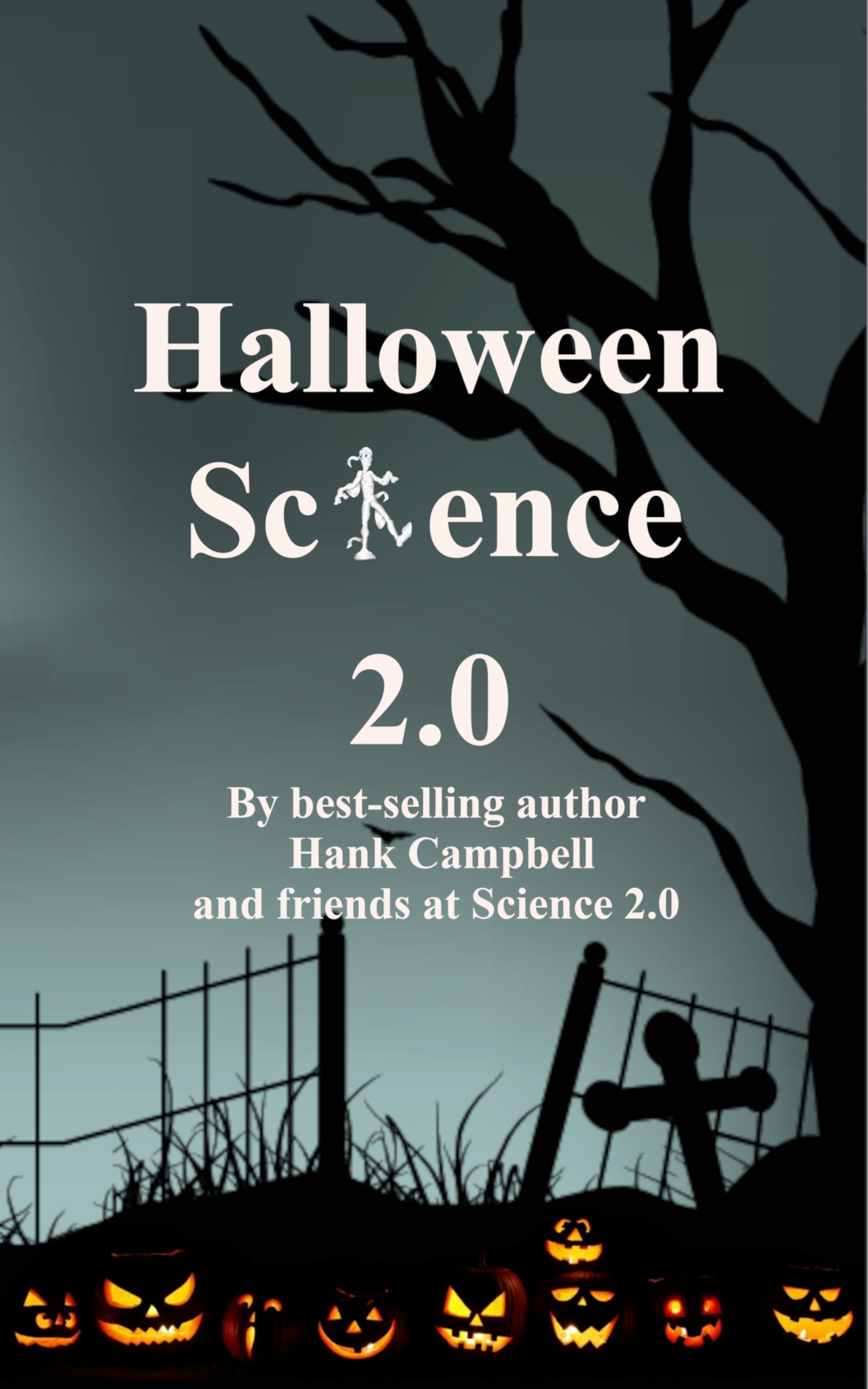Silent strokes are a loss of blood flow to parts of the brain. Such strokes do not cause immediate symptoms and typically go undiagnosed, but they cause damage. In kids, they can even lower IQ.
Sickle cell anemia affects about 100,000 people in the United States and occurs most commonly in African-Americans. The disease, inherited from both parents, causes some of the patient's red blood cells, normally shaped like a saucer, to take on a crescent or sickle shape. These malformed cells are less effective at their primary job, conveying oxygen from the lungs to the rest of the body. The cells also clump together, blocking circulation and leading to organ damage, strokes and episodes of intense pain. Sickle-shaped blood cells break down more rapidly than normal blood cells. Researchers believe debris from these cells may clog blood vessels in the brain, causing strokes.
An estimated 1 in 3 children with sickle cell anemia experiences silent strokes but there is some good news; a new multi-institutional study found showed that giving monthly blood transfusions to sickle cell anemia patients who already had experienced silent strokes reduced by 58 percent their risk of another stroke, silent or otherwise.

The arrow points to evidence of a silent stroke. In patients with sickle cell anemia, such strokes often go undiagnosed because they do not cause immediate symptoms. Credit: Robert McKinstry
"The data make transfusion the only evidence-based option to prevent stroke recurrence and further brain injury in this vulnerable population," said coauthor Michael Noetzel, MD, professor of neurology and of pediatrics and chair of the study's neurology committee. "Now that we have identified a viable treatment option, early detection of silent cerebral strokes should become a major focus for clinicians and families of children with sickle cell disease."
Noetzel treats patients with strokes from sickle cell anemia at St. Louis Children's Hospital. He and his colleagues recommend checking children with sickle cell anemia for silent strokes at least once before they start elementary school. If an MRI scan reveals any such strokes, families and physicians should consider monthly blood transfusions.
For the new study, scientists at Washington University and 28 other institutions screened sickle cell anemia patients to identify 196 children ages 5 to 15 who already had suffered silent strokes. The scientists gave 99 of those children monthly blood transfusions for three years. Six children went on to have additional silent or overt strokes. In contrast, in the group of 97 children who did not receive monthly transfusions, 14 had additional strokes, a difference that is statistically significant.
"We think the transfusions are helping because they raise the total amount of circulating blood and lower the percentage of sickle-shaped cells in the patient's bloodstream," said coauthor Allison King, MD, assistant professor of pediatrics and of occupational therapy. "Keeping the sickled cells to less than 30 percent of total blood cells seems to be ideal."
The treatments also reduced the occurrence of sickle cell crises — the irregular attacks of acute pain that plague some patients.
Risks from the transfusions include infections, allergic reactions to the donated blood and long-term buildup of excessive iron in the bloodstream from multiple transfusions, which can damage the heart and liver.
"The risk of infection is quite low — we're getting very good at screening our blood supply," King said. "The risk of an allergic reaction can be reduced through better matching of compatibility factors and blood drives to increase the resources available for transfusion."
New techniques, such as erythrocytapheresis, in which donated blood is exchanged with the patient's sickled blood, also can help reduce the risk of iron overload, according to King.
She and her colleagues plan to conduct longer studies of children with sickle cell anemia to see whether regular blood transfusions, stem cell transplants and parenting enrichment interventions prevent declines in cognition.
Source: Washington University School of Medicine





Comments